The Anatomy of a Miele dishwasher Waterproof System
Miele produces the best dishwashers on the market today. They are high end machines...very quiet, they wash well and last many years beyond the life span of a lesser quality brand. However, like all machines they do break down. One of the most common failures to occur on a Miele dishwasher is the Water Proof System (WPS). That's that mysterious grey box under your sink. What is that thing?
The WPS is a dual water inlet valve. The redundancy ensures that if one valve fails to close the other will, greatly reducing the chance of flooding your kitchen. That brass part on the left attaches to the house plumbing, the box contains the two solenoids and the gray tube contains the water intake hose, the wiring and outer sleeve. When the electronic calls for water the solenoids open and the water flows through the intake hose and into the dishwasher.
The outer sleeve acts a protection against leaks. If the solenoids leak the water will flow along the outer sleeve and into the drip tray in the base of the dishwasher. When enough water accumulates the float switch will be activated and the water intake will stop. The drain pump will also be activated until the machine is unplugged or the water is no longer present in the drip tray.
The inlet to the WPS contains a filter and a restrictor. The filter stops large debris from entering the system and the restrictor ensures correct water pressure. The filters often get clogged and can be easily cleaned.
The Miele dishwasher service manual states:
The WaterProof System (WPS) consists of a number of interdependent safety features to provide protection against water leakage.
1. Protection against solenoid valve leakage: Each water intake is controlled by an inlet valve. If this valve cannot close properly due to some defect or blockage by a foreign object, a second inlet valve ensures that the water supply is shut off.
2. Protection against water intake hose leakage: If a leakage occurs, water flows along an outer hose sleeve surrounding the intake hose to the drip pan. Here a float switch then acts to switch off a microswitch which closes the inlet valves to cut off the water supply.
3. Protection against dishwasher overflow: If some defect has caused the water level in the appliance to rise so that it overflows into the drip pan, and the water quantity sensor has also failed, the float switch is activated. This switches off a microswitch which closes the inlet valves to cut off the water supply. At the same time the drain pump is activated.
4. Protection against drain pump failure or blocked drain path: In this case the water level in the appliance rises until it overflows into the drip pan where the float switch is activated. This switches off a microswitch which closes the inlet valves to cut off the water supply.
Thanks for reading.
David
RD Appliance Service, Corp.
-
.png) 4
4

.png.f1622b6167220d8c8c781a7c863c9adb.png)


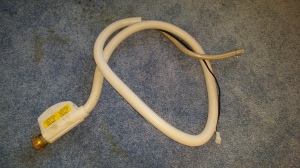
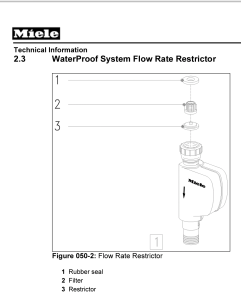
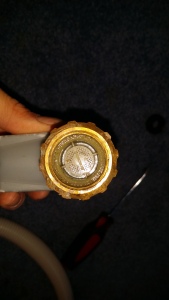
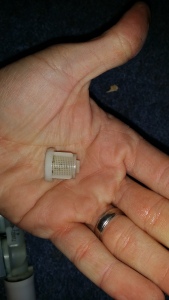
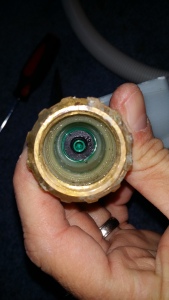
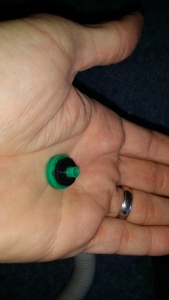

1 Comment
Recommended Comments